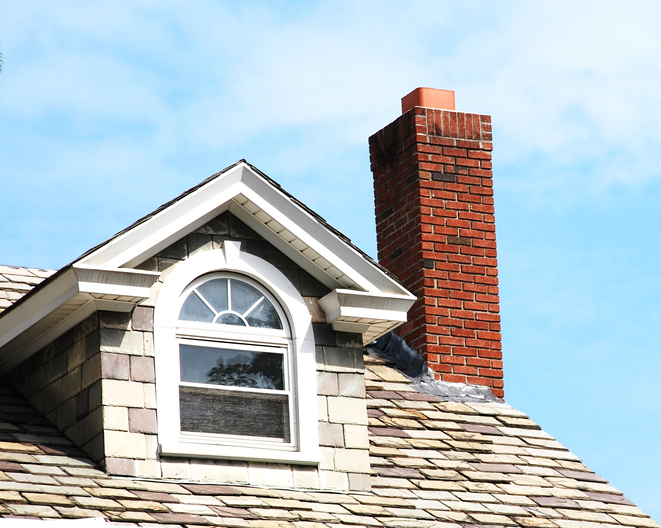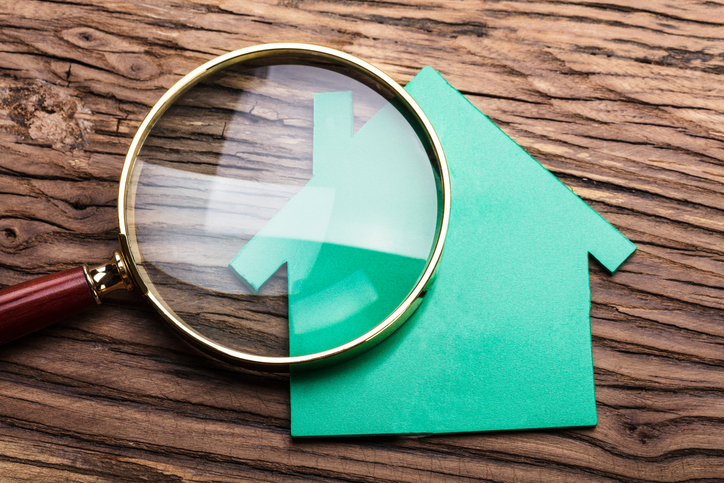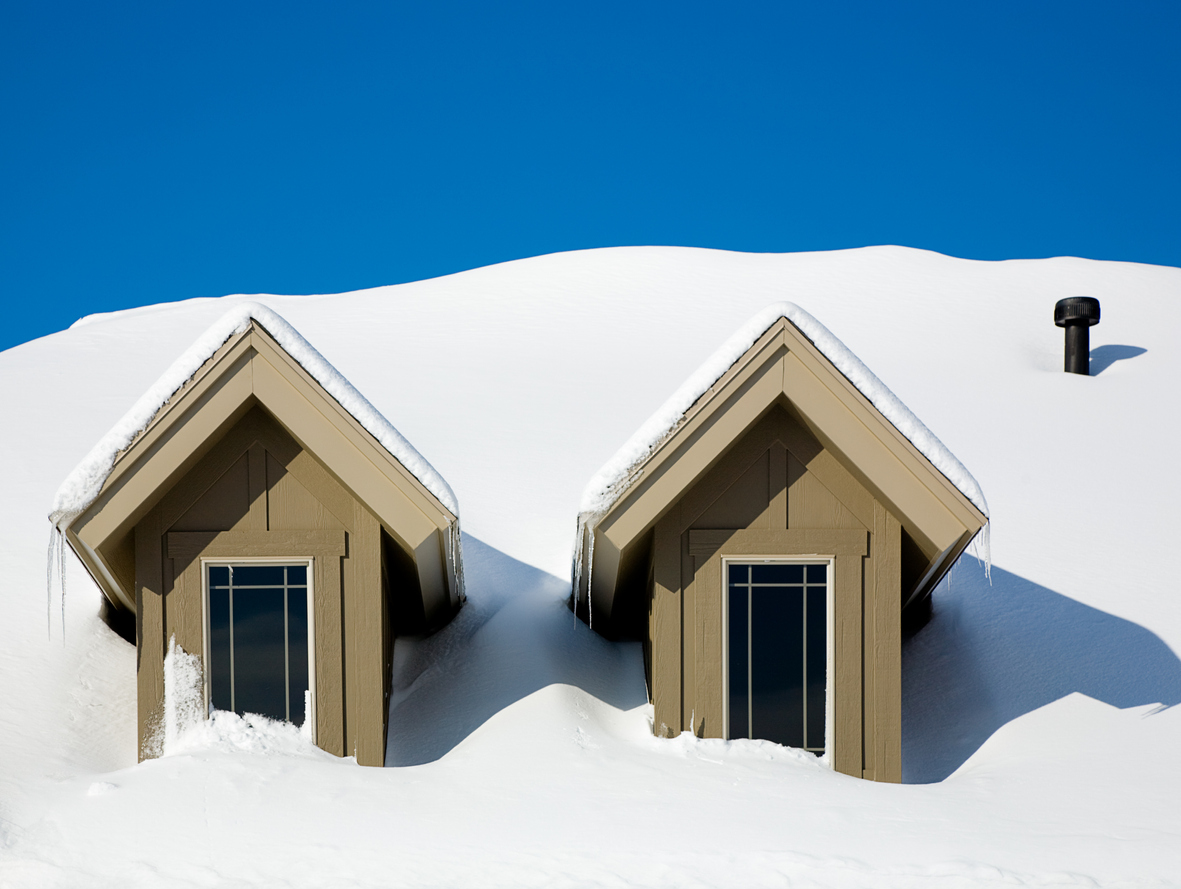From a missing chimney cap to flashing problems, chimney leaks are a common issue homeowners deal with — and certainly not one to be ignored. Be sure to give your local roofing company — like our team here at Landmark Exteriors — a call at the first sign of a leak.
Here are some of the reasons why a chimney can leak in the first place!
Reason 1: Missing Mortar Between the Bricks or Stone
If you have a beautiful brick or stone chimney, then these items will have hardened mortar between the items. However, this mortar will degrade eventually due to freezing or expansion along with other problems caused by natural wear and tear. If the mortar is missing, when it rains or snow moisture will enter the interior of the chimney, running down into your home and causing additional damage.
Reason 2: A Damaged or Missing Chimney Cap
Today, many homeowners have a chimney cap to reduce moisture damage along with preventing birds, insects
Reason 3: Flashing Problems
If flashing wasn’t installed correctly, it can lead to serious structural damage — especially during the winter months or during rainstorms. Moisture can enter through the flashing, into the roof and attic, causing rot and damage. These leaks may not be as evident right away! Inspect your attic and look for signs of trouble, it’s possible your flashing may need to be resealed or replaced.
Call Us Today When You Notice a Chimney Leak
At Landmarks Exteriors, our professionals are here for all your roofing needs! Large or small, we take care of everything from routine maintenance items like gutter cleaning to emergency roof inspection and repairs. If you suspect a chimney leak, contact us today to schedule a roof inspection: 203-838-3838.





